HMS Queen Elizabeth and her sister ship are attracting a lot of attention and one of the most common questions is, why does she have two islands?
Instead of a traditional single island, the carrier has two smaller islands. The forward island is for ship control functions and the aft (FLYCO) island is for flying control.
The reason for two islands is, simply put, due to the gas turbine exhausts. The design would have either had two small islands or one large, long island. The two smaller islands were chosen. The location and alignment of the islands are based around the 2.4 metre diameter gas turbine exhausts which were pre-fitted in the island and below in the ship superstructure.
Advantages of the two island configuration are increased flight deck area, reduced air turbulence over the flight deck and increased flexibility of space allocation in the lower decks. The flight control centre in the aft island is in the optimum position for control of the critical aircraft approach and deck landings.
According to the manufacturers, the Aircraft Carrier Alliance, the benefits are significant:
“The Queen Elizabeth Class aircraft carriers are the first carriers to incorporate a twin island design, which separates the running of the ship from the flying operations resulting in greater visibility of operations and increases survivability. There are live communication links between the two islands however to allow them to work together.
The advantages of the unique design include the more efficient use of space across the flight deck, hangar and lifts, as well as the reduction in air turbulence over the flight deck. The twin island design also reflects design improvements further below deck, including the decision to separate power generation machinery in order to increase survivability.
There are two sets of power propulsion systems (a gas turbine and two diesel engines), located in different areas of the ship separated by watertight doors. This means there are also two exhaust stacks, one forward and one aft, which are masked within the twin islands. Survivability is increased further by the islands being designed with the capability to assume each other’s role in an emergency.”
The Queen Elizabeth class mark a change from expressing carrier power in terms of number of aircraft carried, to the number of sorties that can be generated from the deck. The class are not the largest class of carrier in the world but they are most likely the smallest and least expensive carrier the Royal Navy could build which still have the advantages that large carriers offer.


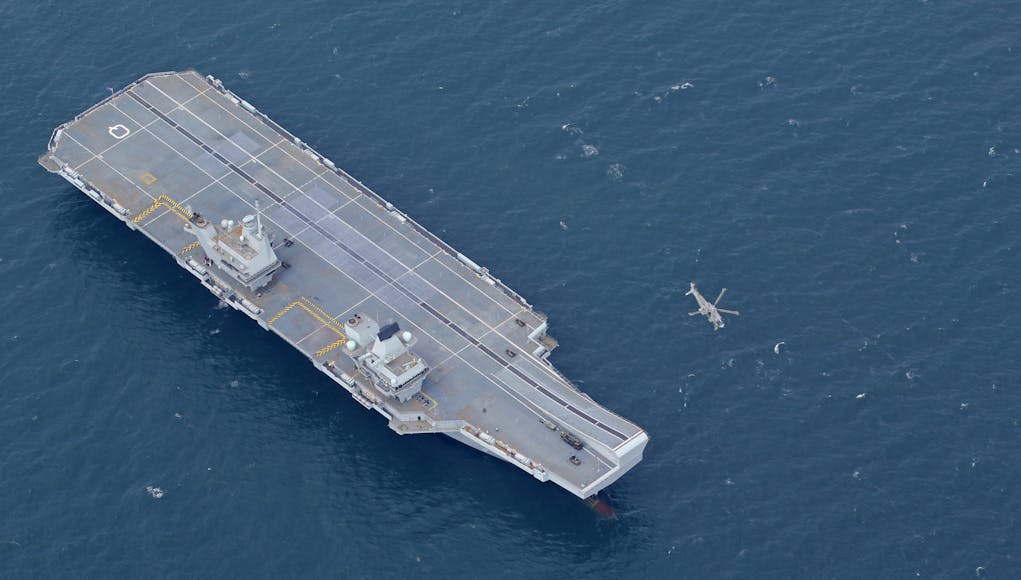
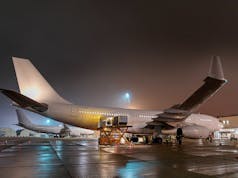

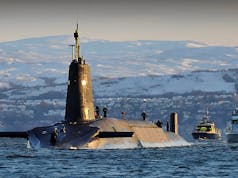
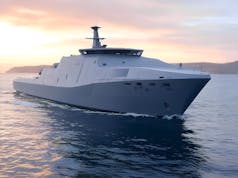
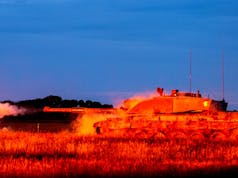






I think this has been stated a number of times and those on this site already know.
I agree.
Done to death.
Good photo though.
“Why does HMS Queen Elizabeth have two islands?”
Because three would be a crowd?
Flyco island to hold independence referendum.
and it had nothing to do with the bridge it had to go under, because it was built in Mr Browns contingency, honest.
Spot on with that.
I imagined it was because they wanted more windows than the Gosport Ferry.
I thought it was because the RAF guys wanted to have their own bridge! Didn’t want to share a bridge with the Fisheads…
More is better……
Incoming missile target markers for engine rooms
So it could fit under a certain bridge so it could be built in the constituency of a certain senior Labour MP.
Hope this helps.
Why didn’t they place exhaust stacks on the sides of ship, like those on WW2 Japanese carriers, that would eliminate having two islands or one continues long island. Example: https://www.quora.com/Why-did-Japanese-aircraft-carriers-have-sideways-smokestacks-like-the-Akagi-and-Soryu